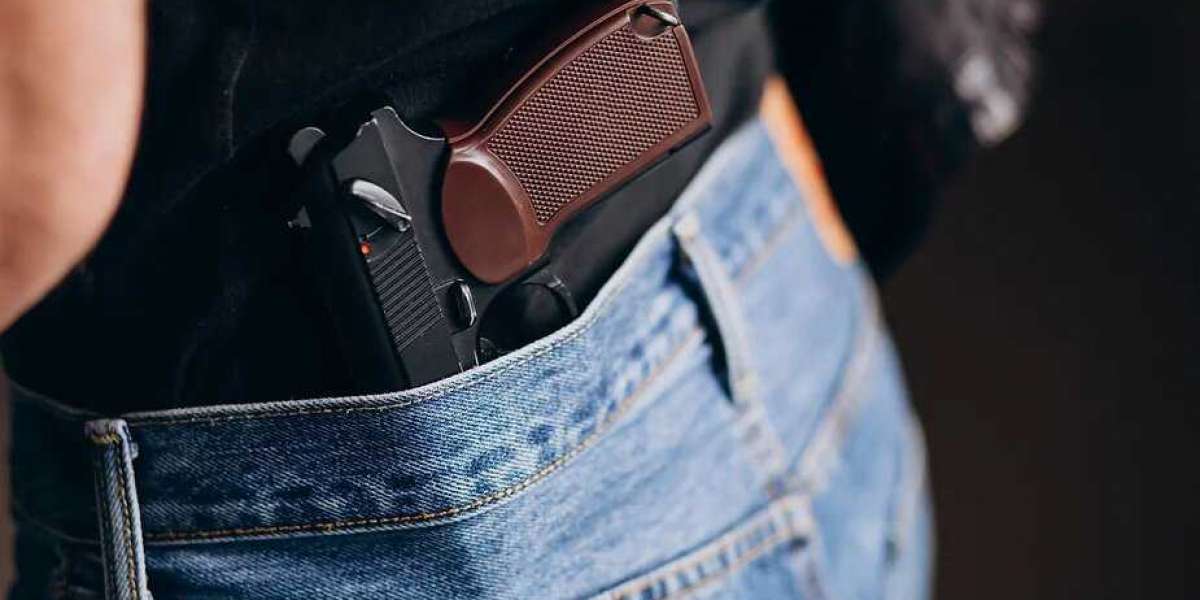Carrying a concealed weapon is a significant responsibility. Those who choose to carry must be prepared not only to defend themselves but also to make split-second decisions that can have life-altering consequences. Understanding potential scenarios and the best ways to handle them can enhance your preparedness and confidence. This blog will explore several real-life concealed carry. scenarios and offer actionable advice on how to manage them effectively.
Confrontation in a Parking Lot
Imagine you are walking to your car in a parking lot when you notice someone following you. The person approaches and begins to harass you, escalating to threats.
How to Handle It:
- Stay Aware: Always maintain situational awareness. Keep an eye on your surroundings and be mindful of people who may be following you.
- Create Distance: Try to put as much distance between yourself and the aggressor as possible. Move to a more populated area if you can.
- Verbal Commands: Use strong, clear verbal commands to de-escalate the situation. For example, “Stop! Leave me alone!”.
- Non-lethal Defense: If the situation allows, consider using non-lethal methods such as a pepper spray.
- Draw Your Weapon: Only if you feel your life is in imminent danger should you draw your weapon. Remember, the goal is to defuse the situation, not escalate it.
Home Invasion
You hear a window break downstairs in the middle of the night. Someone has entered your home unlawfully, and you need to act quickly to protect yourself and your family.
How to Handle It:
- Call 911: Immediately call the police and inform them of the situation.
- Secure Family Members: Ensure your family is safe and in a secure location, preferably a room with a lock.
- Issue a Warning: If it’s safe, loudly announce that you are armed and that the police are on their way.
- Defensive Position: Take a defensive position where you can see the intruder but remain covered and concealed.
- Engage if Necessary: If the intruder continues to pose a threat, you may have to engage. Ensure you have a clear shot and are aware of what is beyond your target to avoid accidental harm.
Active Shooter Situation
While at a public event, an active shooter begins firing indiscriminately. You must decide whether to engage or find an escape route.
How to Handle It:
- Avoid if Possible: If there is a safe route to escape, take it. The primary goal is to get to safety.
- Hide if Escape is Not Possible: Find a secure hiding place and barricade yourself. Silence your phone and stay quiet.
- Defend as a Last Resort: If you cannot escape or hide and are directly confronted by the shooter, you may have to engage to protect yourself and others.
- Coordinate with Law Enforcement: When law enforcement arrives, follow their commands and identify yourself as a concealed carrier to avoid confusion.
Mugging on the Street
While walking home, a mugger approaches, brandishing a weapon and demanding your valuables.
How to Handle It:
- Comply Initially: In many cases, handing over your valuables can resolve the situation without violence.
- Assess the Threat: If the mugger becomes more aggressive or you believe they will harm you, prepare to defend yourself.
- Draw Your Weapon if Necessary: If your life is at risk, draw your weapon, making sure you have a clear shot and that bystanders are not in danger.
- Command Presence: Use strong, clear commands such as “Stop! Drop the weapon!” to deter the attacker.
Road Rage Incident
A driver aggressively follows you after a minor traffic altercation. They eventually block your car and approach you in a threatening manner.
How to Handle It:
- Avoid Confrontation: Try to de-escalate by driving to a public, well-lit area.
- Stay in Your Vehicle: Lock your doors and stay inside your car. Use your horn to attract attention.
- Call the Police: Inform the authorities of the situation and your location.
- Defensive Position: If the aggressor attempts to break into your vehicle, be prepared to defend yourself. Drawing your weapon should be a last resort, only if there is an imminent threat to your life.
Encounter with Law Enforcement
While carrying concealed, you are stopped by a police officer for a traffic violation or other reason.
How to Handle It:
- Inform the Officer: As soon as possible, calmly inform the officer that you are carrying a concealed weapon and have a permit.
- Follow Instructions: Follow the officer’s instructions without making sudden movements. Keep your hands visible at all times.
- Communicate Clearly: Explain any actions you need to take, such as reaching for your license or registration.
Carrying a concealed weapon requires more than just technical proficiency; it demands a high level of judgment, awareness, and responsibility. By understanding and preparing for these real-life scenarios, you can better protect yourself and those around you. PTPGUN is committed to providing comprehensive training and resources to help you become a confident and responsible concealed carrier.
Take the Next Step in Your Concealed Carry Journey
Visit PTPGUN today to explore our range of courses, designed to enhance your skills and knowledge. Sign up now and take control of your personal safety and security.
Original Sources: https://www.ptpgun.com/post/concealed-carry-scenarios-real-life-situations-and-how-to-handle-them







